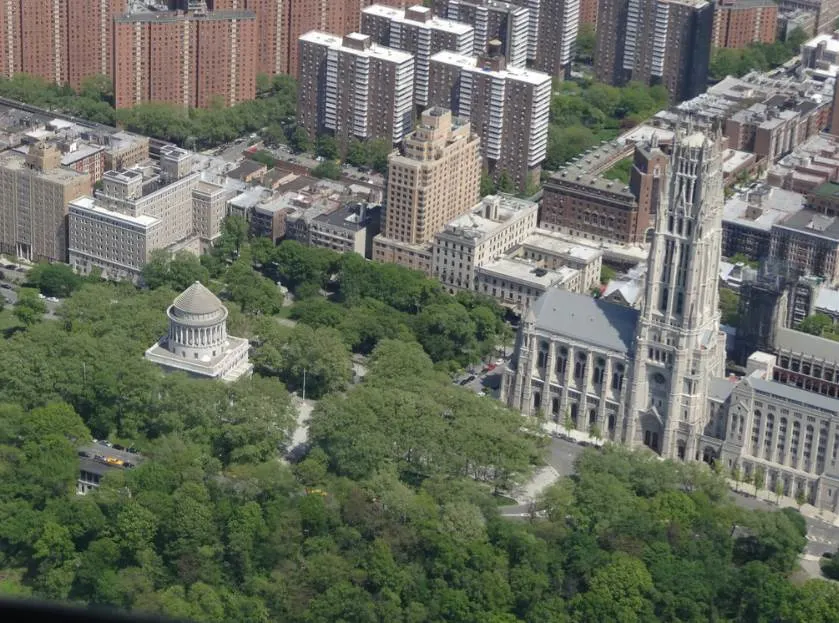Most memorials dedicated to former American presidents can be found in Washington D.C. More specifically, the magnificently landscaped park called the National Mall.
This notion makes this incredible landmark in New York City that was dedicated to the 18th president of the United States and his wife a remarkable exception.
In this article, you’ll discover some of the most interesting facts about Grant’s Tomb, one of the most famous mausoleums in the United States.
1. It’s located along the Hudson River in the northwestern part of Manhatten
Grant’s Tomb is the common name of a monument in New York City officially known as the General Grant National Memorial.
The monument was erected in honor of Ulysses S. Grant (1822-1885), an American general and politician who became the 18th president of the United States.
The Neoclassical building serves as the final resting place of both Ulysses and his wife Julia Grant (1826-1902).
Grant’s final wish was to be buried in New York City and that’s why he was buried here instead of in Washington D.C.
His tomb can be found in the Morningside Heights neighborhood of Manhatten, just west of Harlem and along the Hudson River. The top of the monument can be seen from the river.
Just nearby you can find an immense Gothic Revival building called Riverside Church, one of the most famous churches in New York City.

2. A committee raised funds for the memorial shortly after Grant passed away

Ulysses S. Grant died from throat cancer on July 23, 1885. That same day, the mayor of New York City, William Russell Grace, sent a telegram to his wife Julia.
He knew about the last wish of the president and offered a spot in New York City to serve as the burial ground of both Ulysses and Julia.
Shortly after, the Grant Monument Association was established to raise funds to erect a memorial in honor of the great American soldier and general.
The ultimate goal was to raise $1 million. Although $110,000 was raised in the first year, only $10,000 was raised in the second.

3. The design was based on that of a famous ancient mausoleum
The slow process of raising funds was mainly blamed on the fact that there was no design for the monument yet. It’s easier to raise money if you can provide a representation of the finished building.
The third year of the fundraising campaign marked a turning point because the Grant Monument Association decided to launch an architectural design competition.
The international competition launched on February 4, 1888, and the winner was an American architect named John Hemenway Duncan.
His design was based on the Mausoleum of Halicarnassus, the 4th-century B.C. tomb of Mausolus, ruler of Caria in modern-day Turkey.
This now-destroyed structure is one of the 7 Wonders of the Ancient World and the reason why above-the-ground toms are referred to as mausoleums.
Duncan described his design as:
A monumental structure that should be unmistakably a tomb of military character.
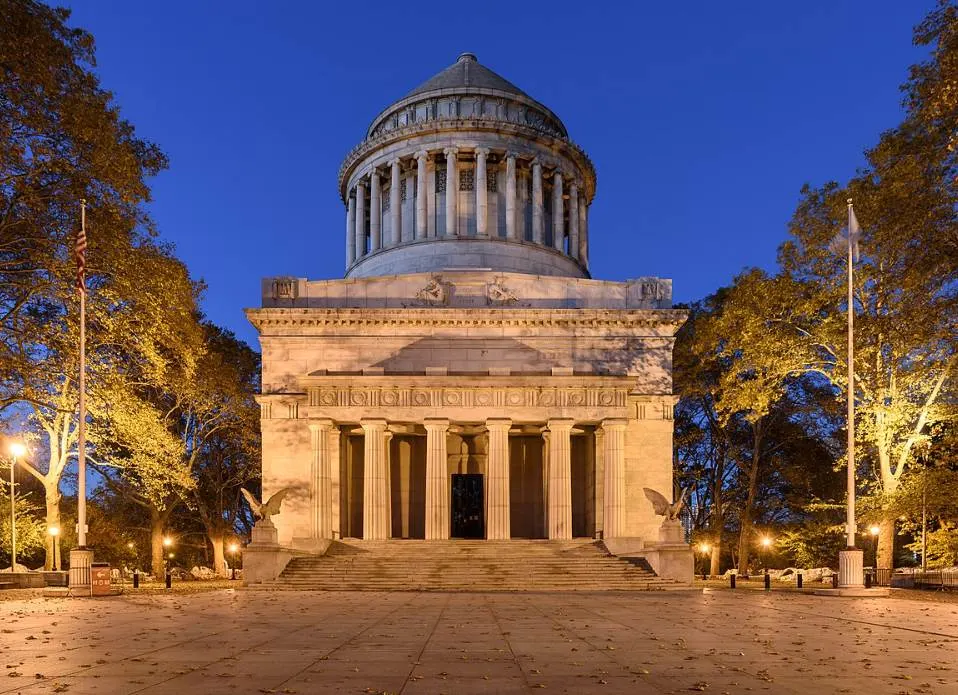
4. The monument was completed nearly 12 years after Grant died
Benjamin Harrison (1833-1901), the 23rd president of the United States, laid the ceremonial cornerstone of the monument in 1892.
Grant’s remains were moved inside the tomb on April 17, 1897, and the mausoleum was finally inaugurated 10 days later on April 27, 1897.
This date coincided with the 75th birthday anniversary of Ulysses Grant so it was a big event in New York City in the late 19th century.
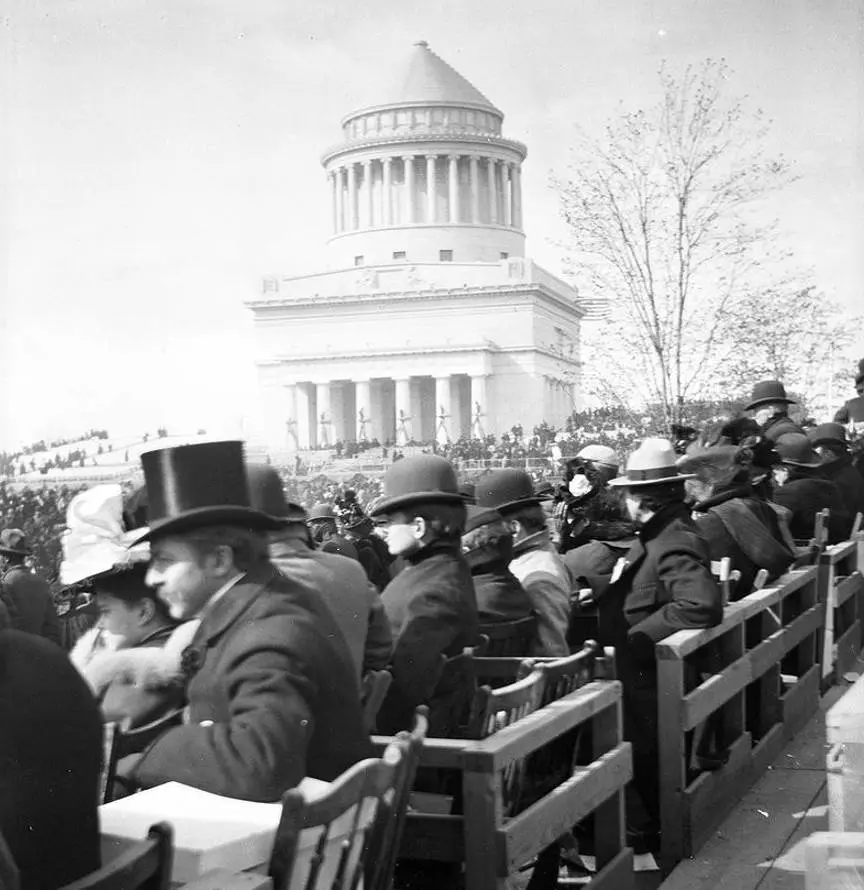
5. The sarcophagi of Grant and his wife resemble the sarcophagus of Napoleon
Julia Grant died 5 years later in 1902 and another red-granite sarcophagus that weighs 8.5 tonnes was placed inside the tomb that year.
The interior of Grant’s tomb features a circular hole in the middle in which both sarcophagi are placed. This design resembles a famous mausoleum in Paris.
Napoleon Bonaparte was buried inside Les Invalides, a large complex of buildings near the Eiffel Tower. His final resting place looks very similar to that of the Grant’s.
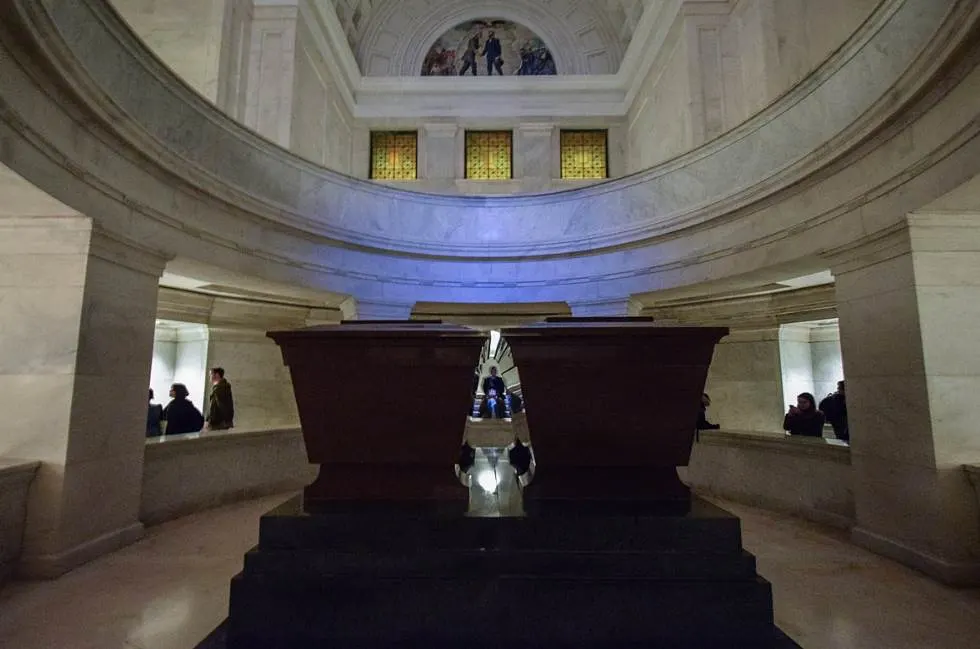
More interesting facts about Grant’s Tomb
6. The lower part of the building is a square structure that has dimensions of 27 meters (90 feet) on each side. This section of the structure reaches a height of almost 22 meters (72 feet).
7. The upper section of the memorial is a cupola that features a pyramidal roof. It stands 45 meters (150 feet) above the ground below and 85 meters (280 feet) above the water of the Hudson River.
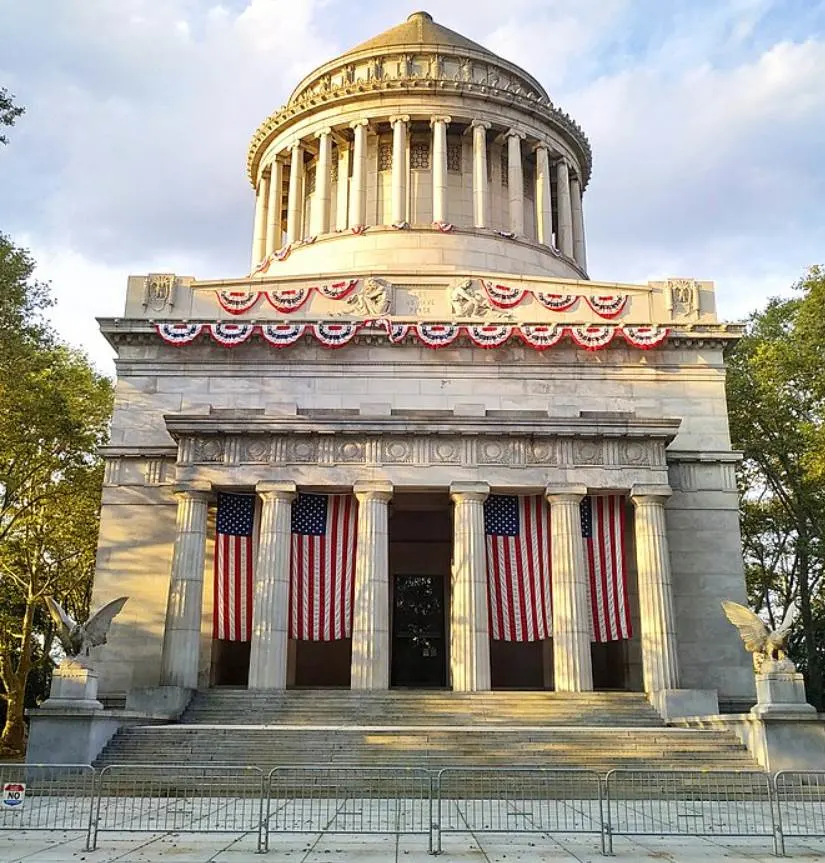
8. The porch is lined with Doric Columns while the column of the Rotunda above is lined with columns of the Ionis Order.
9. While the lower section of the memorial was inspired by the Mausoleum at Halicarnassus, the design of the upper section was inspired by another ancient monument.
The rotunda resembles the Tropaeum Alpium, a monument that was constructed in the year 6 B.C. to commemorate Augustus’ victory over the tribs in the Alps. Its ruins are located in La Turbie, France.
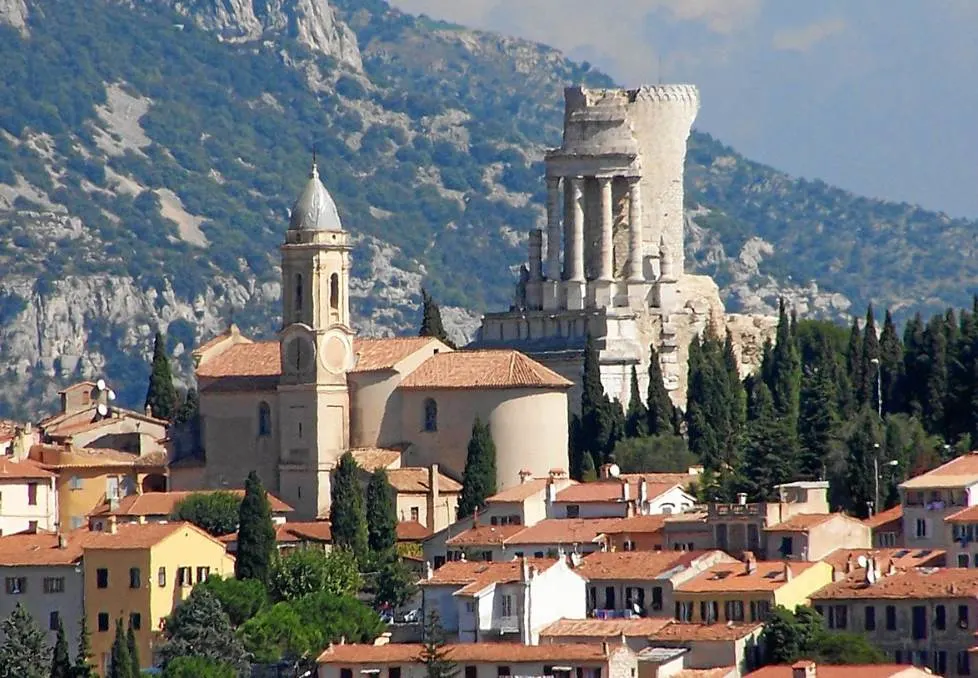
10. The tomb was restored for the first time in the 1930s when a marble floor was added to the interior of the structure. The National Park Service started managing the building in 1958 but didn’t have enough funds to maintain it.
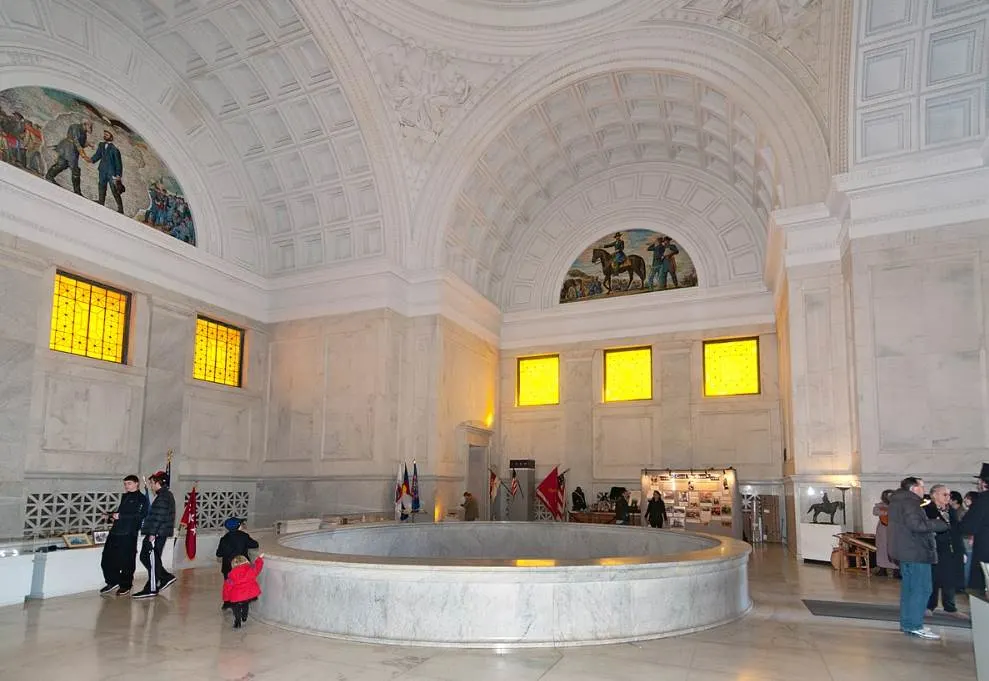
11. The 1970s and 1980s weren’t a good time for the landmarks in New York. Times Square was a dangerous place and trash was scattered all around the city, including near Grant’s Tomb, a monument that was defaced by graffiti at the time.
It wasn’t until the early 1990s that another project was started with the use of a $1.8 million grant. This restored the amazing Grant’s Tomb to its former glory.
12. The monument is one of the most visited mausoleums in the United States and remains a remarkable landmark in New York City, especially if you enjoy admiring Neoclassical architecture.
The Riverside Church is just next to it and it borders the northern part of Riverside Park, a great place to relax in the busy city on the banks of the Hudson River.
